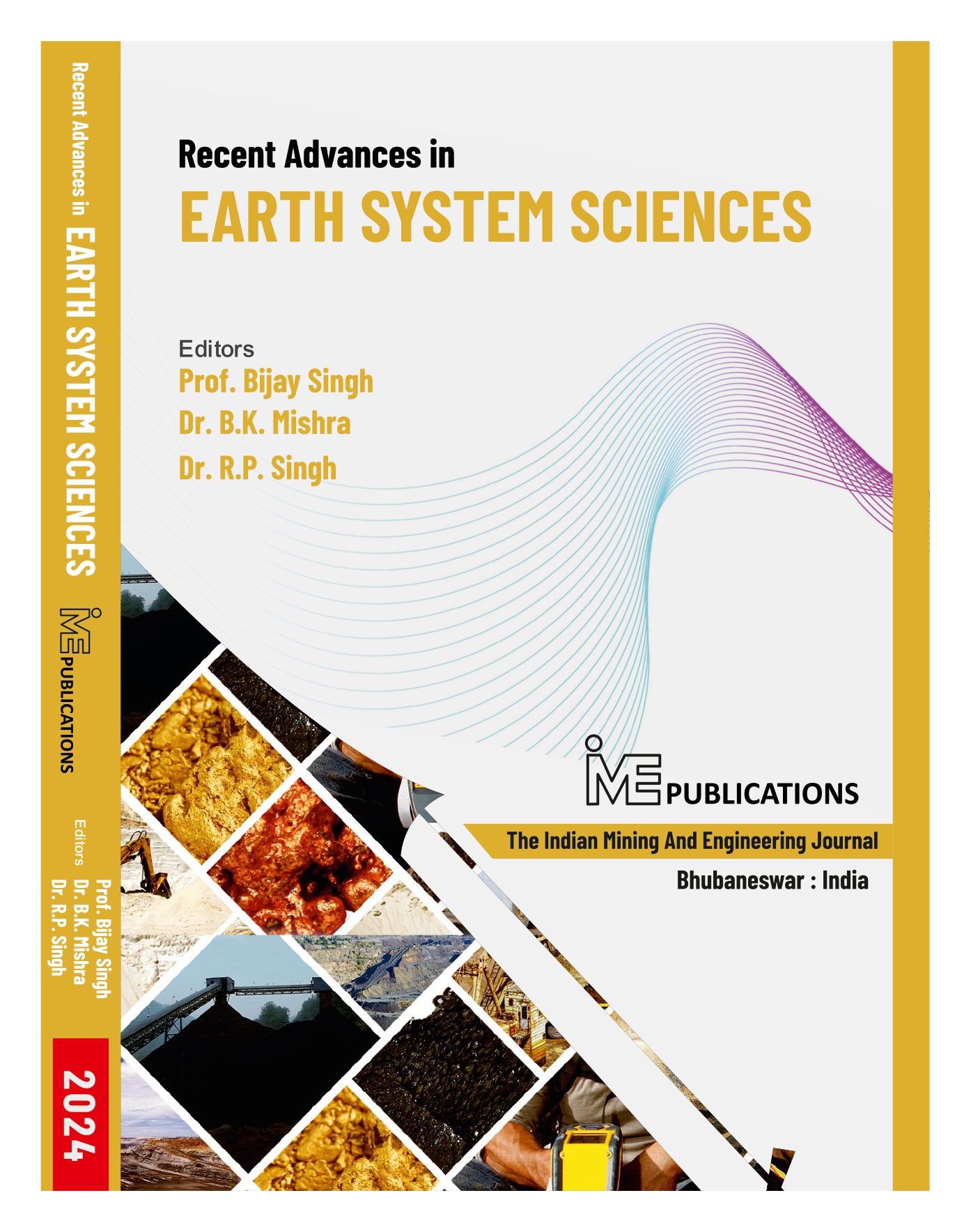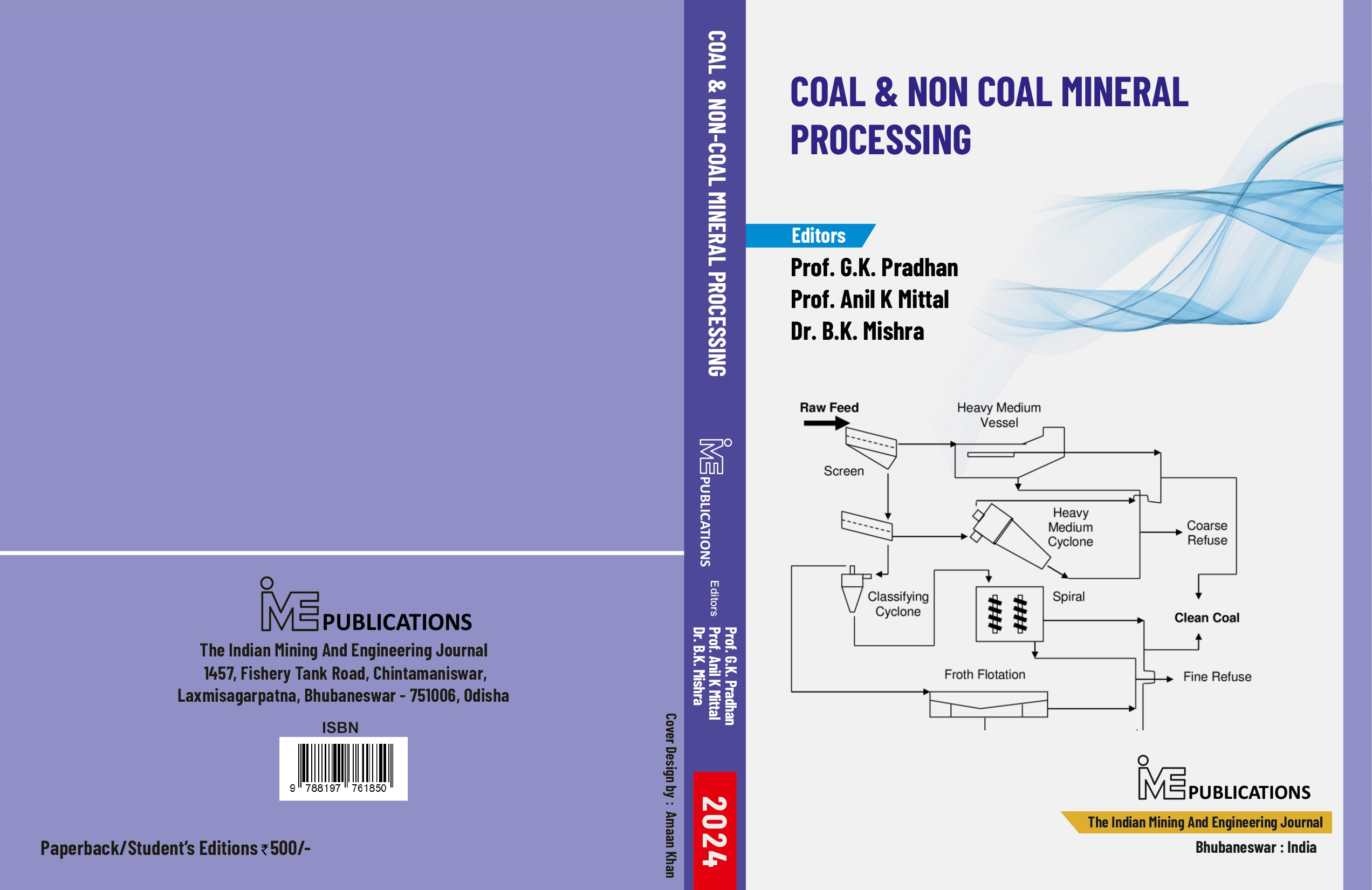Manuscript Handling Fee & Waiver Policy
Journals like The IM&E Journal, are a self supporting organization and does not receive funding from any institution/government. Hence, the management of the Journal is solely financed by the handling fees received from authors. The manuscript handling fees are required to meet expenses such as salaries, internet services, webhosting, application development and support, electricity, rentals etc. Being an Open Access Publisher, The IM&E Journal does not receive payment for subscription as the journals are freely accessible over the internet.
Authors are required to pay a fair manuscript handling fee for the processing of their articles. However, there are no submission charges. Authors are required to make payment only after their manuscripts have been accepted for publication. See Manuscript Handling Fees for each journal below.
We may also grants waivers to some corresponding authors. See Waiver Policy if you are eligible for a waiver.
Journals Handling Fees – INR 6000/-
Waiver Policy
We at The IM&E Journal, understand that some institutions may have limited funding for their research activities. Thus, we have a generous waiver system of the manuscript handling fee when their researchers choose to publish their manuscripts in our journal. Our Mission is to encourage the dissemination of knowledge through the publication of high quality research papers. We thus do not want to put undue financial burden on researchers or their institutions. Hence, we have instituted the following waiver policy.
Authors from Low Income category may be granted up to 80% waiver.
Authors from Lower Middle-Income category may be granted up to 50% waiver.
To request a waiver, kindly send an application to our Editor-in-Chief. Waiver application should contain the manuscript details and state the reason for requesting a waiver.
Peer Review
Introduction
The sole aim of a peer review system ensures the quality of a research article. THE IME JOURNAL employs a rigorous peer review system. All submitted manuscripts undergo a peer review process before publication.
Double Blind Peer Review
The review process is an important aspect of the publication process of an article. It enables authors to improve their manuscripts and aids editors in making decision on manuscripts. THE IME JOURNAL employs a double-blind peer review system.
A double-blind peer review system is an anonymous review system whereby the identity of the author(s) of a manuscript is concealed from the selected reviewers. All details that may enable a reviewer to identify the author(s) of a manuscript are removed from the manuscript before the manuscript is sent to the reviewer. Similarly, the reviewers’ identities are also concealed from the author(s) when sending the reviewers’ comments to the author(s).
THE IME JOURNAL considers the double-blind peer system as a more effective review system because it limits possible bias from either the selected reviewers or from authors.
The Peer Review Process
THE IME JOURNAL employs a three-stage review process – editorial office, external review and editors’ decision.
The first stage of the review process takes place in the editorial office. On submission, a manuscript is reviewed to ensure that it meets the minimum requirements of the journal before it is sent to external reviewers. At this stage, the manuscript is reviewed for the following
• Possible plagiarism: The manuscript is evaluated to compare the level of similarity with other published works..
• Scope: After a manuscript has undergone similarity check and the level of similarity is judged to be appropriate, the content of the manuscript is checked to ensure that it fits within the scope of the journal selected by the author(s). In situations where the content of the manuscript does not fit the scope of the journal, the author’s consent is sought for the manuscript to be transferred to a more suitable journal. A transferred manuscript does not automatically translate to an accepted manuscript in the receiving journal. The manuscript still undergoes the usual peer review and may be accepted or reject if it is not suitable.
• Recent references: THE IM&E JOURNAL encourage authors to cite more recent articles. Preferably, considerable number of the cited articles should be works that were published within the last five years. This is especially important for articles submitted to journals in the life sciences.
• English Language: THE IM&E JOURNAL currently publishes full text of articles only in English language. Abstracts may be translated to other languages and published alongside the English language abstract.
• Manuscripts are checked for the structure, organization, correctness and clarity of the language as it adheres to the journal's Instructions for Authors. The editorial office usually makes correction to minor grammatical errors in such a manner that it does not alter the manuscript. However, in situations where language is substantially difficult to comprehend, the manuscript is returned to the author to improve clarity of the language.
Manuscripts that fails in this first stage of the review process are returned to the author(s) for modification and resubmission. This first stage of the review is very important as it enables the author(s) improve the manuscript at an early stage. This first stage of the manuscript review is usually completed within a week.
Once a manuscript successfully completes the editorial office review process, it proceeds to the second stage. The second stage of the review process employs the double-blind review system. A minimum of two external reviewers are selected from our database, editorial board of the journal or other sources. These reviewers have expert knowledge of the subject area of the manuscript. The reviewers are invited to review the manuscript by sending them the abstract of the manuscript. Upon acceptance to review the manuscript, the full text of the manuscript is sent to the reviewers after the author(s) have been concealed.
Reviewers are required to evaluate the manuscripts and provide useful comments to enable the author(s) improve the quality of the manuscript. Reviewers also score the manuscript in terms of originality, contribution to the field, technical quality, clarity of presentation and depth of research. Finally, reviewers make one of the following suggestion about the manuscript;
-Requires minor corrections
- Requires moderate revision
- Requires major revision
- Not suitable for further processing. In this case, the reviewer provides specific reason(s) why the manuscript not be further processed.
It should be noted that though a reviewer may give a positive report on a particular manuscript, if another reviewer raises concerns that may fundamentally undermine the study and results the manuscript may be rejected.
Upon receipt of the reviewers’ comments, the editorial office reviews the comment. If the two reviewers’ comment have significantly different/or contradictory opinions about the same manuscripts, the manuscript is re-sent to a third reviewer. All reviewers’ comments (including the third reviewers’ comment where necessary) are thereafter sent to the author(s). The reviewers’ identities are concealed from the author(s). The total time taken to complete the second stage of the manuscript review dependent on the availability of the reviewers. However, it is usually completed between one to four weeks.
Using the reviewers’ comments, author(s) make corrections to the manuscript and submits a revised manuscript. Upon receipt of the revised submission, the manuscript undergoes the third and final stage of the review process. The original manuscript, the revised manuscript and all the reviewers’ comments are sent to an editor of the journal. The editor reviews the manuscript and makes one the following decisions
• - Accept as it is
• - Accept with minor correction
• - Requires major corrections
• - Send revised manuscript for review again
• - Reject
•
Manuscripts that are accepted as it is are scheduled for publication. Manuscripts that require corrections (either minor or major) are sent to the author(s) to affect the corrections suggested by the editor. After effecting the corrections, the editor reviews the manuscripts again before the manuscripts are accepted for publication. In some cases, the editor may require authors to make corrections a second time. In other cases, the editor may request for the revised manuscripts with (or without) the additional corrections to be sent to a specific reviewer who had earlier reviewed the manuscript before the manuscript can be accepted for publication
Publication Ethics
Introduction
Compliance with publication ethics ensures the integrity of scientific publishing and confidence in published articles. Therefore, THE IM&E JOURNAL expects all authors to adhere to ethical requirements in the preparation of their manuscript.
Plagiarism
The Oxford Webster Online dictionary defines plagiarizing as:
“Plagiarism is presenting someone else's work or ideas as your own, with or without their consent, by incorporating it into your work without full acknowledgement. All published and unpublished material, whether in manuscript, printed or electronic form, is covered under this definition”.
THE IME JOURNAL considers plagiarism a serious offense. THE IME JOURNAL is committed to eliminating manuscripts with possible cases of plagiarism from its review and publication process. THE IME JOURNAL uses the iThenticate plagiarism detection application to check each manuscript for possible cases of plagiarism.
Plagiarism check is the first step in the manuscript review process. Manuscripts that are found to contain unacceptable level of similarity with other published works are immediately rejected. Please see review process below.
Submitted manuscripts should be the original works of the author(s).
Duplicate submissions
When an author submits the same or similar manuscripts to two different journals at the same time, with the same data in such a manner that there are no substantial differences in the manuscripts.
Fabrication and falsification of data
It is unethical to fabricate, manipulate or falsify data in a manuscript.
Citations manipulation
A manuscript should contain only relevant citations. Inclusion of citations that are not relevant to the work is strongly discouraged. Similarly, irrelevant self-citation to increase one’s citation is unethical.
Open Access
All articles published under open access can be accessed by anyone with internet connection. THE IME JOURNAL, strongly encourages the Open Access initiative. Abstracts and full texts of all articles published are freely accessible to everyone immediately after publication.
We permit anyone to copy, redistribute, remix, transmit, translate and adapt the work provided the original work and source is appropriately cited.














